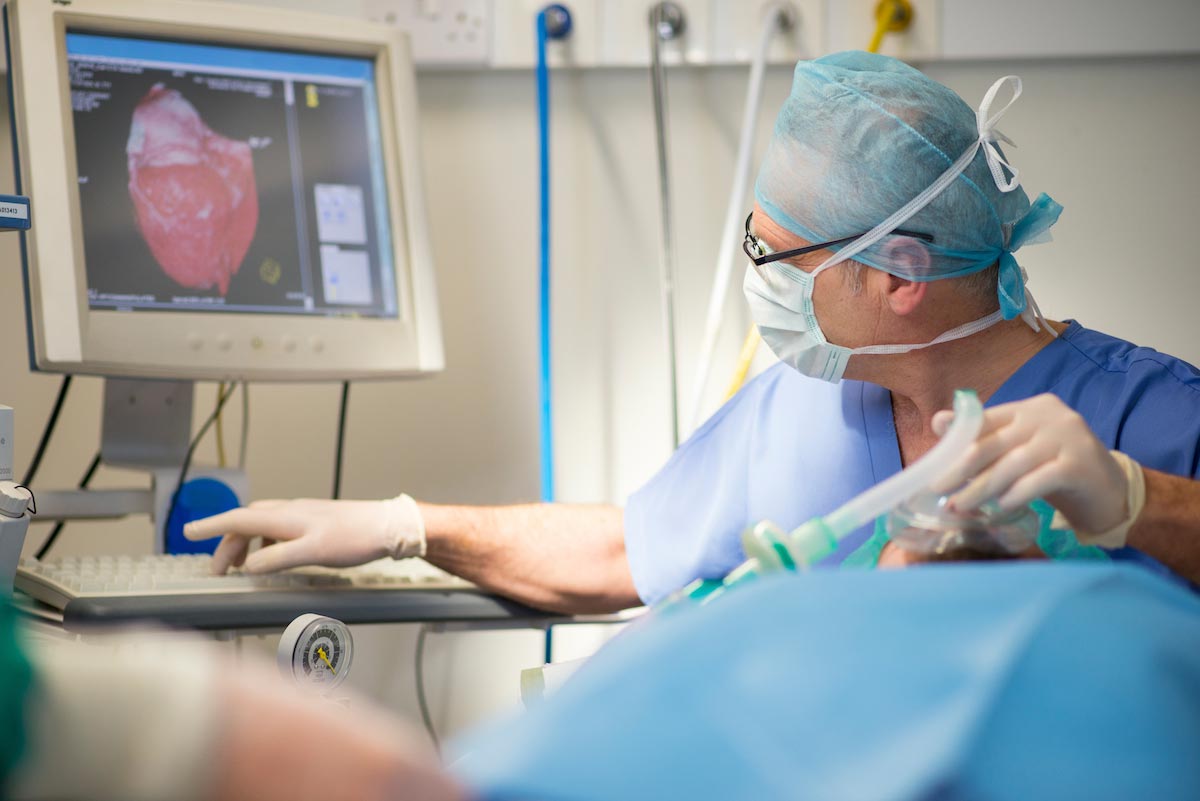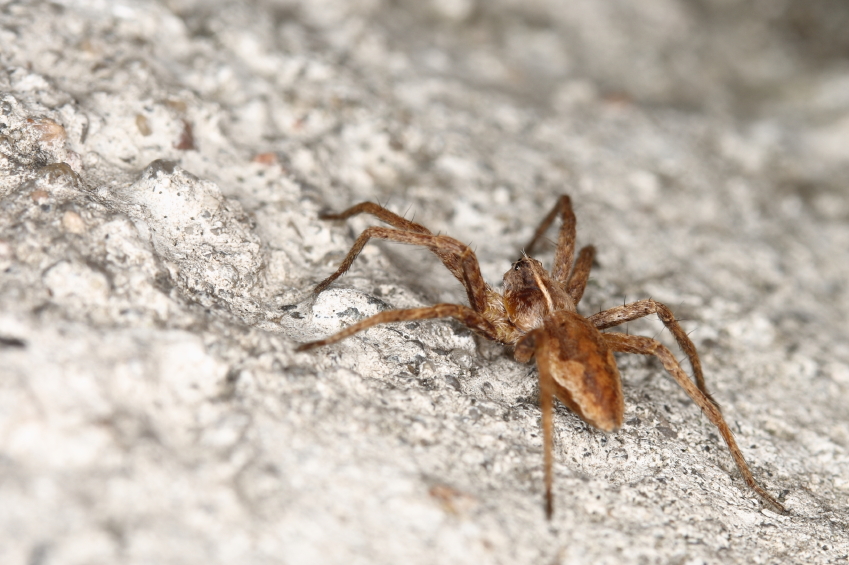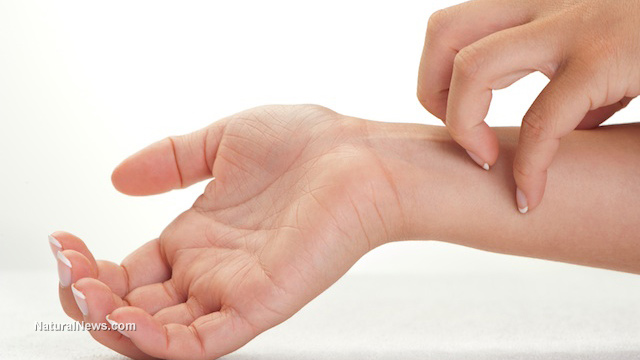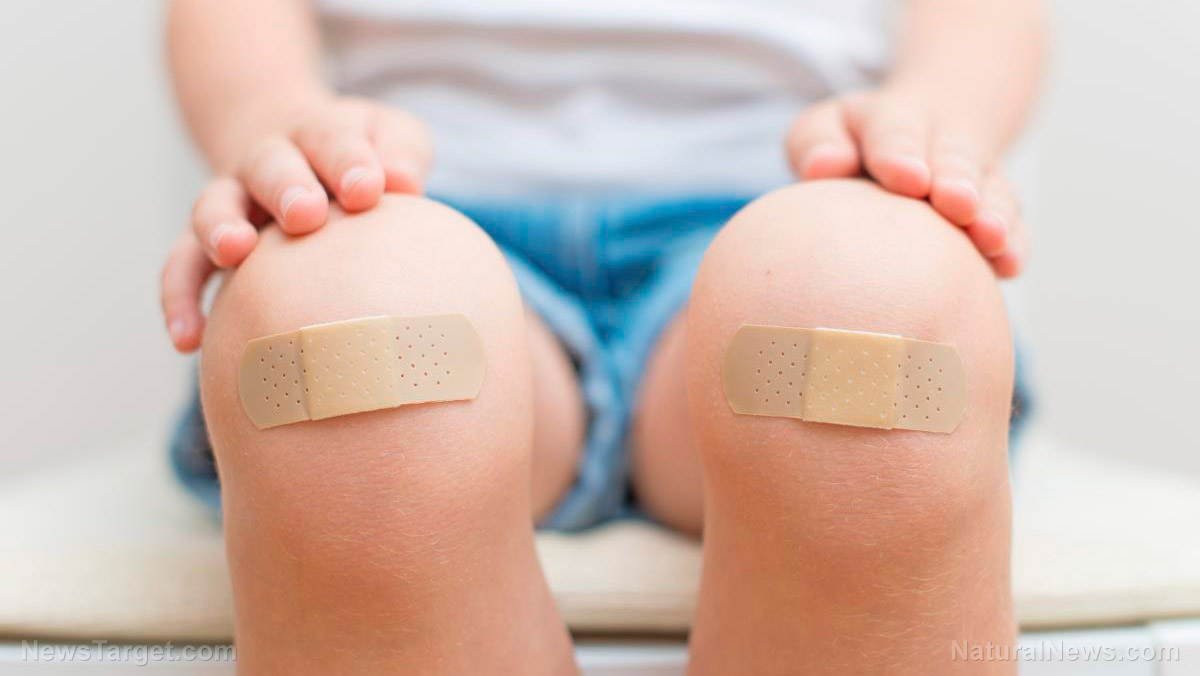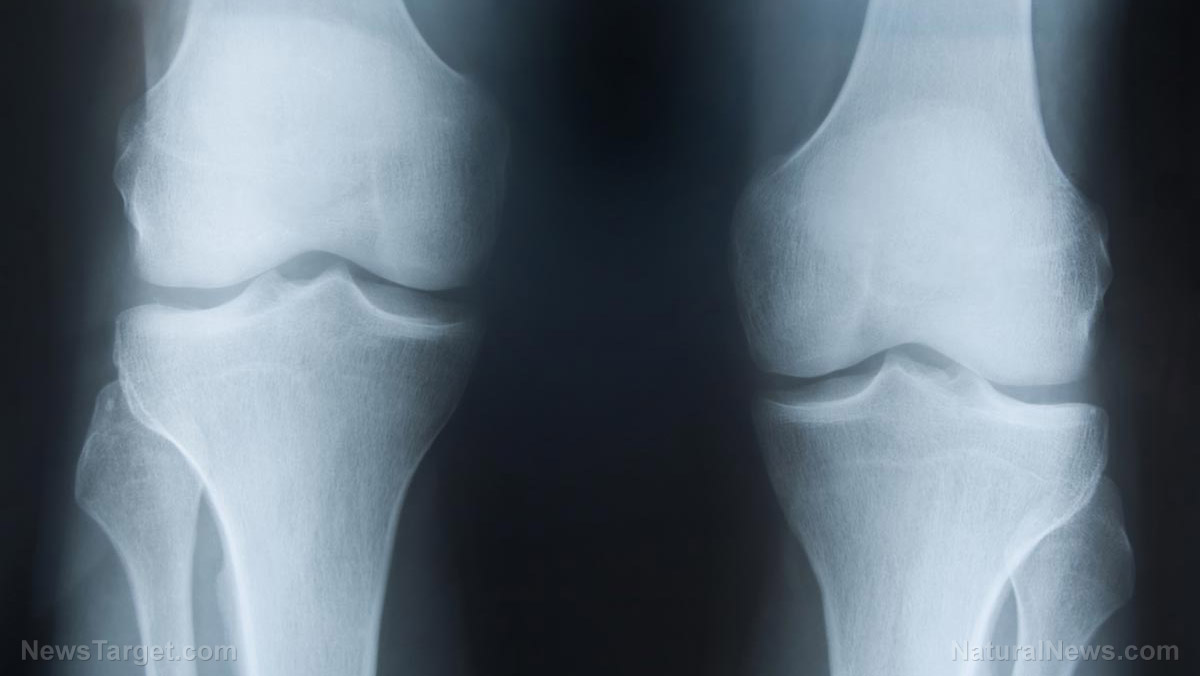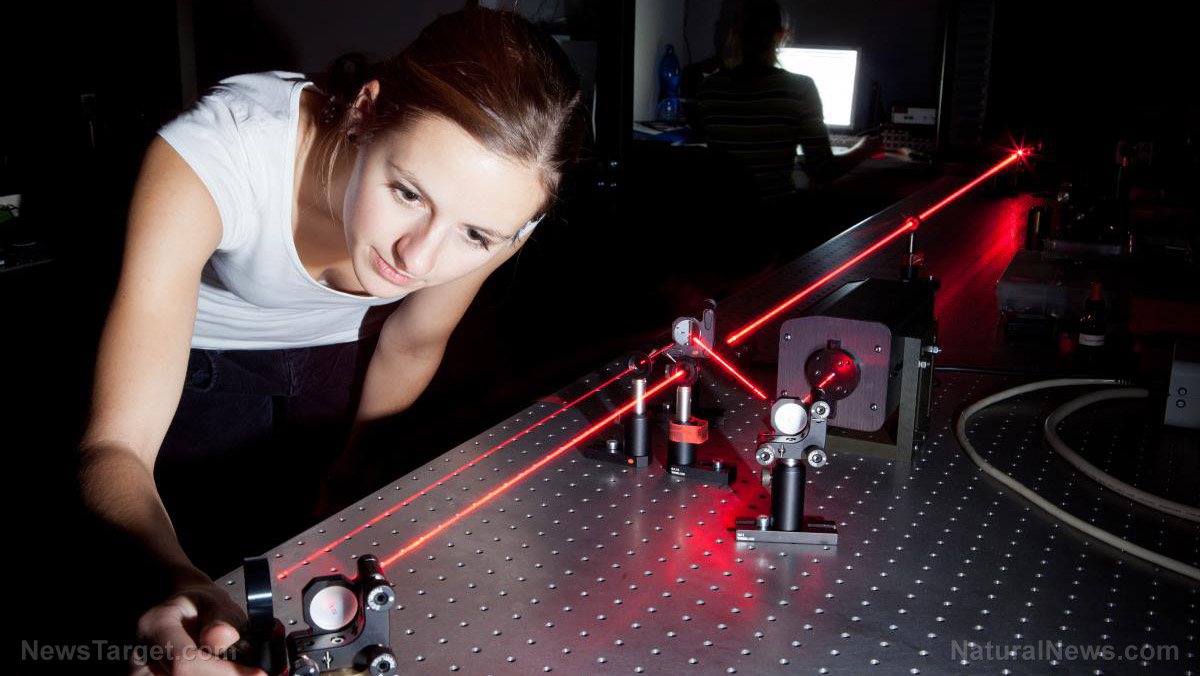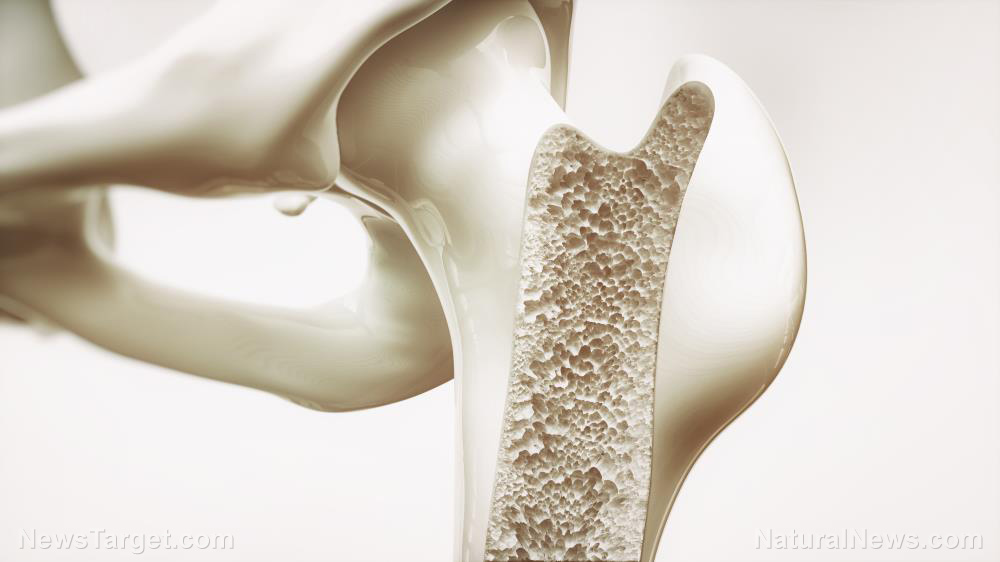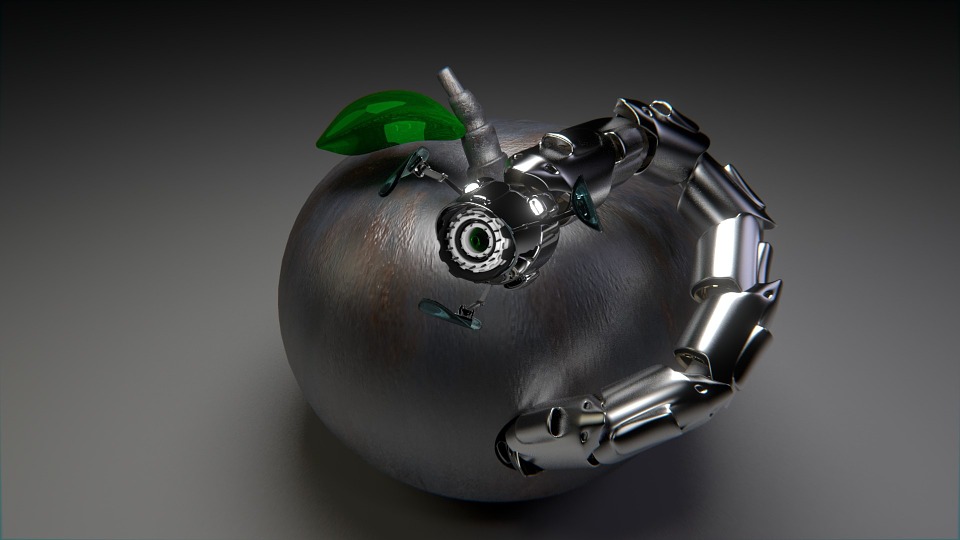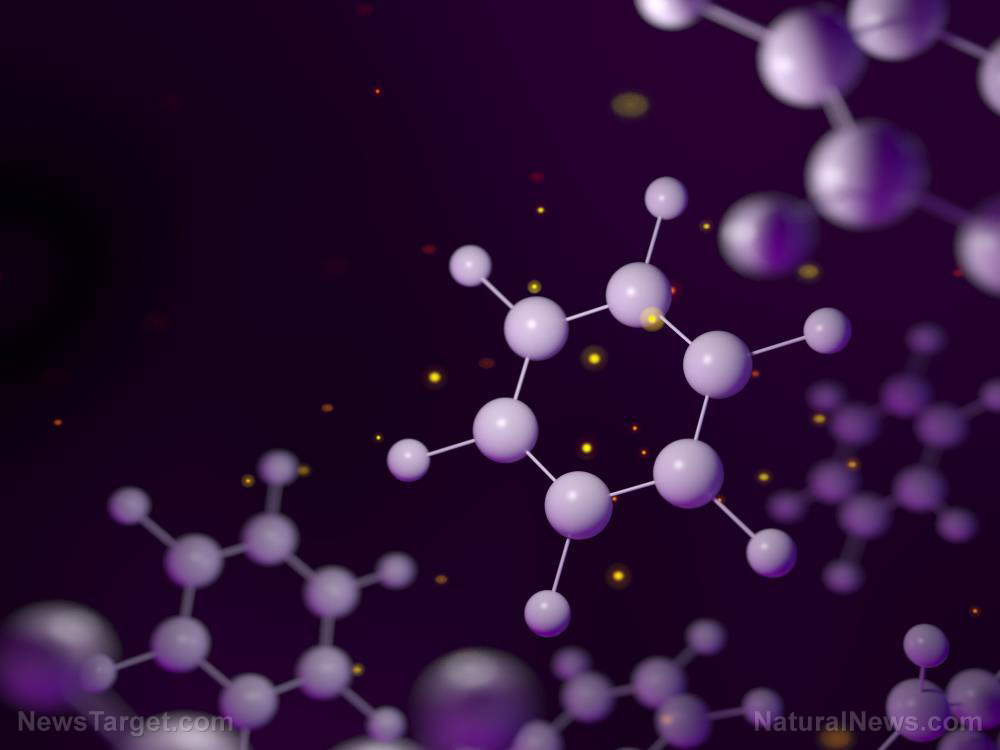New class of strong biocompatible adhesives made from silk
02/26/2019 / By Edsel Cook

Silk is usually used to make beautiful yet durable clothes and fabrics. Korean researchers demonstrated that the ancient material can be used as an effective yet comfortable bio-compatible adhesive for epidermal electronics.
These skin-attached electronics need an “interface” that connects the sensor and the biological surface. The glue must be strong enough to keep the sensor in place despite the movement of the user. At the same time, it needs to let the skin breathe through the adhesive material.
The bio-glue developed by KAIST researchers was made from a calcium-modified silk protein. It possessed both adhesive strength and hypoallergenic comfort to serve as the interface between an electronic sensor and the skin.
Bio-compatible glues made it possible to create epidermal electronics with sufficiently strong adhesive qualities. These sensors could keep track of the physiological changes in the bodies of patients over sustained periods of time, especially those who suffer diseases like diarrhea rely on regular doses of medicines. (Related: New hope for spinal cord injuries: Silk from moths can be used to stabilize the injury and promote repair, according to experts.)
Not only can calcium strengthen bones, it can also strengthen silk proteins
In addition to being biologically compatible, silk fibroins will naturally degrade over time when exposed to external environmental factors. Their structures can also be altered to improve their properties.
These properties made them increasingly popular for making materials with different properties and uses. For example, both elastic base layers and sacrificial layers that can dissolve in water can be made from modified fibroins.
KAIST researcher Hyunjoo Lee and her colleagues ran silk fibroins through tests where they bonded the proteins to calcium ions and used those metal chelates to trap water. These tests demonstrated the adhesive properties of silk.
Armed with this knowledge, Lee’s team came up with multiple ways to make epidermal electronics that could be attached to the skin for long periods of time. These skin sensors could be used multiple times, will dissolve in water, are biologically compatible with humans, and conduct electricity.
After learning that the performance of standard silk fibroin still fell short of their demanding requirements, the researchers introduced calcium ions into silk fibroin. The calcium bonded together with the protein, increasing its strength and its bio-compatible properties.
Making bio-compatible from silk fibroin and calcium metal ions
The addition of the calcium ion served two purposes. First, the modified silk fibroins could now capture water molecules using the bonded metal chelate. Second, the chelate increased the cohesion force of the protein. The end result is that the formerly firm silk gained both viscous and elastic properties.
The modifier fibroin is not just viscoelastic. It is also very sticky. The bio-glue was shown to successfully stick to the surface of human skin and different polymer materials.
Lee’s team used the silk glue to make an epidermal capacitive touch sensor. They reported that the sensor could be attached and detached to human skin multiple times without decreasing the physical adhesion of the glue. They also confirmed that the re-usability and high peel strength of the adhesive come from the calcium ion modification to the fibroin.
In another test, they compared the elasticity of the silk glue to that of very stretchable bladder tissue. Their adhesive material turned out to be every bit as elastic as the tissue. And last but not least,
“We are opening up a novel use for silk by developing reusable and biodegradable silk adhesive using biocompatible silk fibroin,” Lee said. “This technology will contribute to the development of next-generation epidermal electronics as well as drug delivery systems.”
Sources include:
Tagged Under: adhesives, Biocompatible, biomaterial, breakthrough, calcium, discoveries, future science, innovation, materials research, sensors, silk


